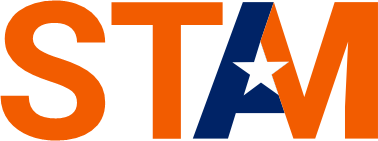In an era where education is often accompanied by a hefty price tag, the burden of student loans weighs heavily on the shoulders of graduates entering the workforce. The quest for higher education, while enriching in knowledge, often leads to financial strain that lasts for years. However, there is a glimmer of hope for those drowning in student loan debt – the prospect of student loan forgiveness. In this comprehensive guide, we’ll delve into the intricacies of student loan forgiveness, exploring its types, eligibility criteria, and the steps you can take to lighten the load on your financial journey.
Section 1: Understanding Student Loan Forgiveness
Student loan forgiveness is a government program that allows borrowers to have a portion or the entirety of their federal student loans forgiven, meaning they are no longer required to repay the forgiven amount. The primary goal of these programs is to alleviate the financial burden on individuals who have dedicated themselves to public service, non-profit work, or specific professions.
Section 2: Types of Student Loan Forgiveness
A. Public Service Loan Forgiveness (PSLF):
- Eligibility criteria for PSLF.
- Qualifying employment and organizations.
- Required number of qualifying payments.
- The application process for PSLF.
B. Teacher Loan Forgiveness:
- Eligibility criteria for teachers.
- Qualifying teaching service.
- Maximum forgiveness amounts.
- Application process for teacher loan forgiveness.
C. Income-Driven Repayment (IDR) Forgiveness:
- Overview of income-driven repayment plans.
- Qualifying for IDR forgiveness.
- Repayment options and forgiveness timelines.
Section 3: Eligibility Criteria
Understanding whether you qualify for student loan forgiveness is crucial. This section will explore common eligibility requirements, including:
- Employment in eligible organizations.
- Types of federal student loans.
- Consistent on-time payments.
- Meeting specific criteria for each forgiveness program.
Section 4: How to Apply for Student Loan Forgiveness
Navigating the application process can be daunting, but a step-by-step guide will help streamline the experience:
- Gathering necessary documentation.
- Submitting the forgiveness application.
- Monitoring the application status.
- Addressing common pitfalls and challenges.
Section 5: Potential Challenges and Solutions
While student loan forgiveness is an enticing prospect, there are potential roadblocks that borrowers may encounter. This section will address issues such as:
- Misinformation and myths surrounding forgiveness programs.
- The impact of loan consolidation on forgiveness eligibility.
- Addressing changes in employment during the forgiveness period.
Section 6: Alternatives to Student Loan Forgiveness
While forgiveness programs are a beacon of hope, they may not be suitable for everyone. This section will explore alternative strategies for managing student loan debt:
- Refinancing student loans.
- Exploring loan repayment assistance programs.
- Seeking employer-sponsored repayment benefits.
Conclusion:
In the pursuit of financial freedom, understanding the nuances of student loan forgiveness is paramount. By arming yourself with knowledge about the types of forgiveness programs, eligibility criteria, and application processes, you can embark on a journey to alleviate the burden of student loan debt. Remember, the path to financial freedom may be challenging, but with the right information and proactive steps, you can pave the way for a brighter and more secure future.
